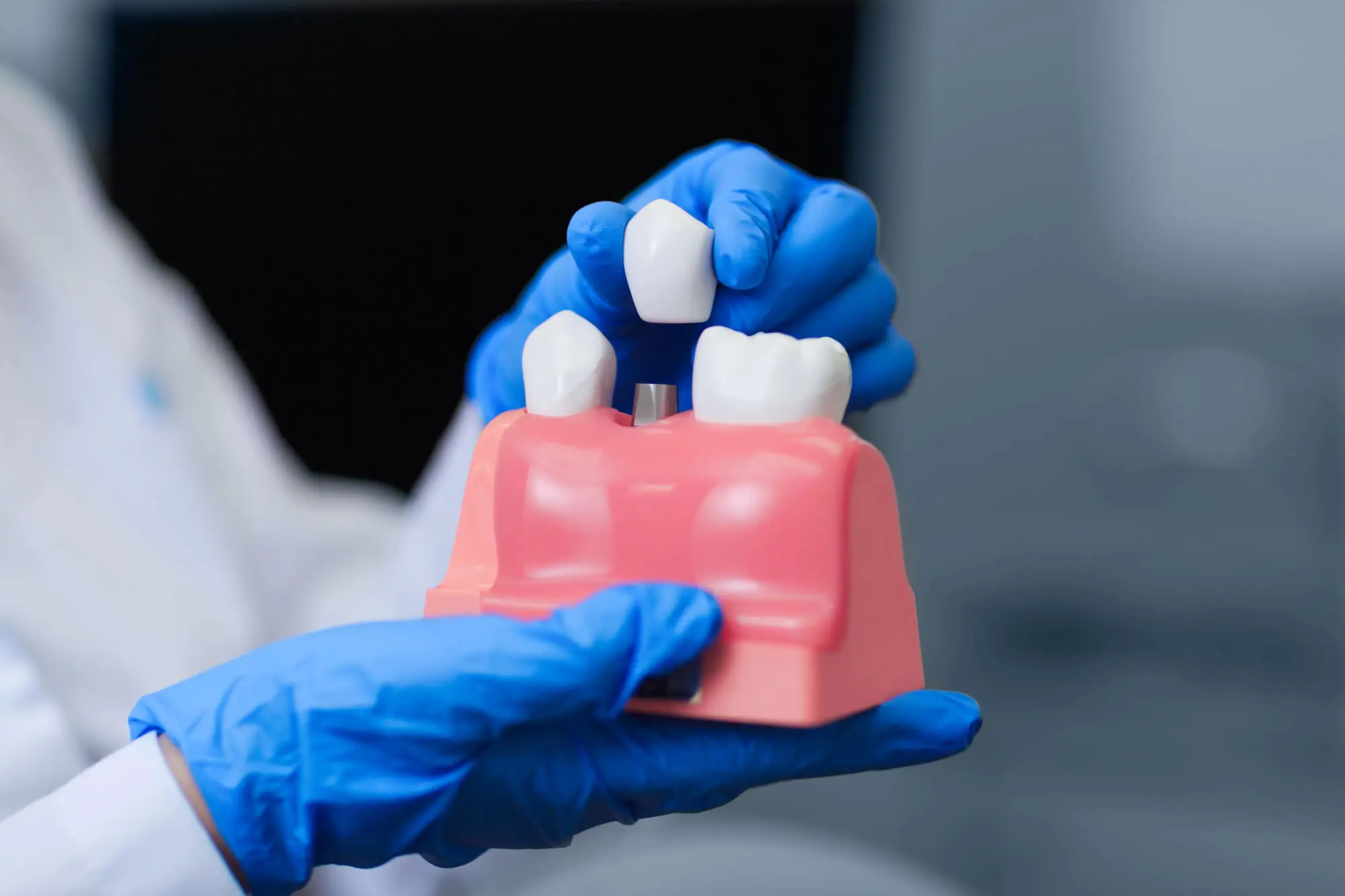Step-by-Step Process for Getting Dental Implants

Dental implants are widely regarded as the gold standard for replacing missing teeth because they look, feel, and function like natural teeth. However, patients are often hesitant about getting dental implants in Fort Walton Beach due to the length and intricacies of the placement process.
While the journey does take time, the results are often worthwhile and life-changing. By learning what happens at each step of the dental implant process—from your initial consultation to the final crown placement—you can feel more at ease while doing what’s best for the health of your smile!

What Are Dental Implants?
A dental implant is a small, screw-shaped post made of titanium or zirconia. It serves as an artificial tooth root that is surgically placed into the jawbone, just like your natural teeth do.
Implants are made of biocompatible materials, so your body won’t reject them. Over time, the implant fuses with the bone through a process called osseointegration, creating a stable foundation for a crown, bridge, or denture.
This allows implants to be stable and long-lasting, but it also classifies implant placement as surgery. For that reason, the process for getting implants involves several steps, such as:
1. Initial Exam
The first step is a thorough consultation with your dentist or oral surgeon. During this visit, your provider will assess your oral health to determine if implants are a suitable option for you. Because the titanium post needs to fuse with your jawbone, sufficient bone density is fundamental for a successful implant placement.
For that reason, the dentist will take X-rays or 3D scans of your mouth. If your jawbone density isn’t ideal, procedures like bone grafting can help build up enough bone to make implants a possibility.
The dentist will also review your medical and dental history and discuss your treatment goals.
2. Treatment Planning
Once you're deemed a candidate, your dental team creates a custom treatment plan tailored to your oral health, aesthetic preferences, and timeline. This plan includes:
- The number of implants needed
- Whether any extractions are required
- Bone grafting or sinus lift needs (if applicable)
- The timeline for each phase
Be sure to communicate any concerns or preferences you have during this planning phase. The goal is to ensure a smile that looks good and makes you feel confident and comfortable with yourself.
3. Tooth Extraction
Damaged or decayed teeth may need to be extracted before replacing them. This is usually a simple, in-office procedure. In some cases, the dental implant can be placed immediately after extraction. However, if infection or bone loss is present, a healing period may be necessary before proceeding to the next step.
4. Bone Grafting (If Required)
A healthy jawbone is essential for implant success. You may require a bone graft to strengthen the area if your bone isn't thick or dense enough.
During this step, donated or synthetic bone material is placed in the area. This will later bond with your natural teeth, strengthening the area. This step helps ensure long-term implant stability.
5. Placing the Dental Implant
Once you have healed from the extraction or bone graft, it’s time for the implant placement. During this minor surgical procedure:
- A small incision is made in your gum to expose the bone.
- A precise hole is drilled, and the implant post is inserted.
- The gum is stitched closed over the implant or left partially open with a healing cap.
The procedure is typically done under local anesthesia, though there are deeper sedation options available for anxious patients.
6. Healing and Osseointegration
After placement, your jawbone begins to fuse with the implant, creating a strong anchor. This process, known as osseointegration, typically takes 3 to 6 months.
During this phase, it is important to follow your dentist’s instructions for oral hygiene and diet to ensure proper integration. Instructions often include good hygiene, starting with soft foods, and not smoking, as cigarettes are known to impair healing.
Once healed, the implant is securely embedded in your jaw, ready for the next step.
7. Abutment Placement
After successful healing, your dentist will perform a minor gum procedure to expose the implant and attach a small connector, known as an abutment. This serves as the base for your final crown.
Depending on your treatment plan, the abutment can be placed at the time of implant surgery in some cases. The gums typically require 1–2 weeks to heal around the abutment before the final restoration is placed.
8. Final Restoration: Crown, Bridge, or Denture
The final stage involves placing your custom-made artificial tooth, which is designed to match the color, shape, and size of your natural teeth.
Once placed, your restoration will blend seamlessly into your smile, allowing you to eat, speak, and smile with confidence.
How Long Does the Dental Implant Process Take?
The total treatment time can vary from 3 to 9 months, depending on:
- The number of implants needed
- Whether bone grafting is required
- Your body’s healing response
Some modern techniques, such as same-day implants, can accelerate the timeline; however, not everyone is a suitable candidate. Your dentist will help set realistic expectations based on your unique case.
Are There Risks with Dental Implants?
Dental implants have a very high success rate—often 95% or higher. Like any surgical procedure, they also come with some risks:
- Infection
- Nerve damage
- Implant failure (especially in smokers or those with uncontrolled diabetes)
Luckily, by selecting a skilled and experienced provider, you can help mitigate these risks.
Is the Dental Implant Procedure Painful?
Most patients report only mild discomfort during and after implant surgery. Local anesthesia keeps them comfortable, and over-the-counter pain relievers typically manage any postoperative soreness.
Patients often report that the discomfort is similar to having a tooth pulled.

Ready to Get Dental Implants in Fort Walton Beach?
Getting dental implants is a commitment—but one that pays off in the long term. Unlike bridges or dentures, implants improve your function, aesthetics, and confidence in a natural and long-lasting way. They can be cared for like natural teeth, and patients often forget they have a restored tooth.
Whether you're missing one tooth or several, dental implants offer a modern solution that closely mimics the appearance of natural teeth. If you’re nervous about implant placement surgery, contact Dr. Tony Stark. Let’s work together to make this unparalleled restoration option a viable option for you.







